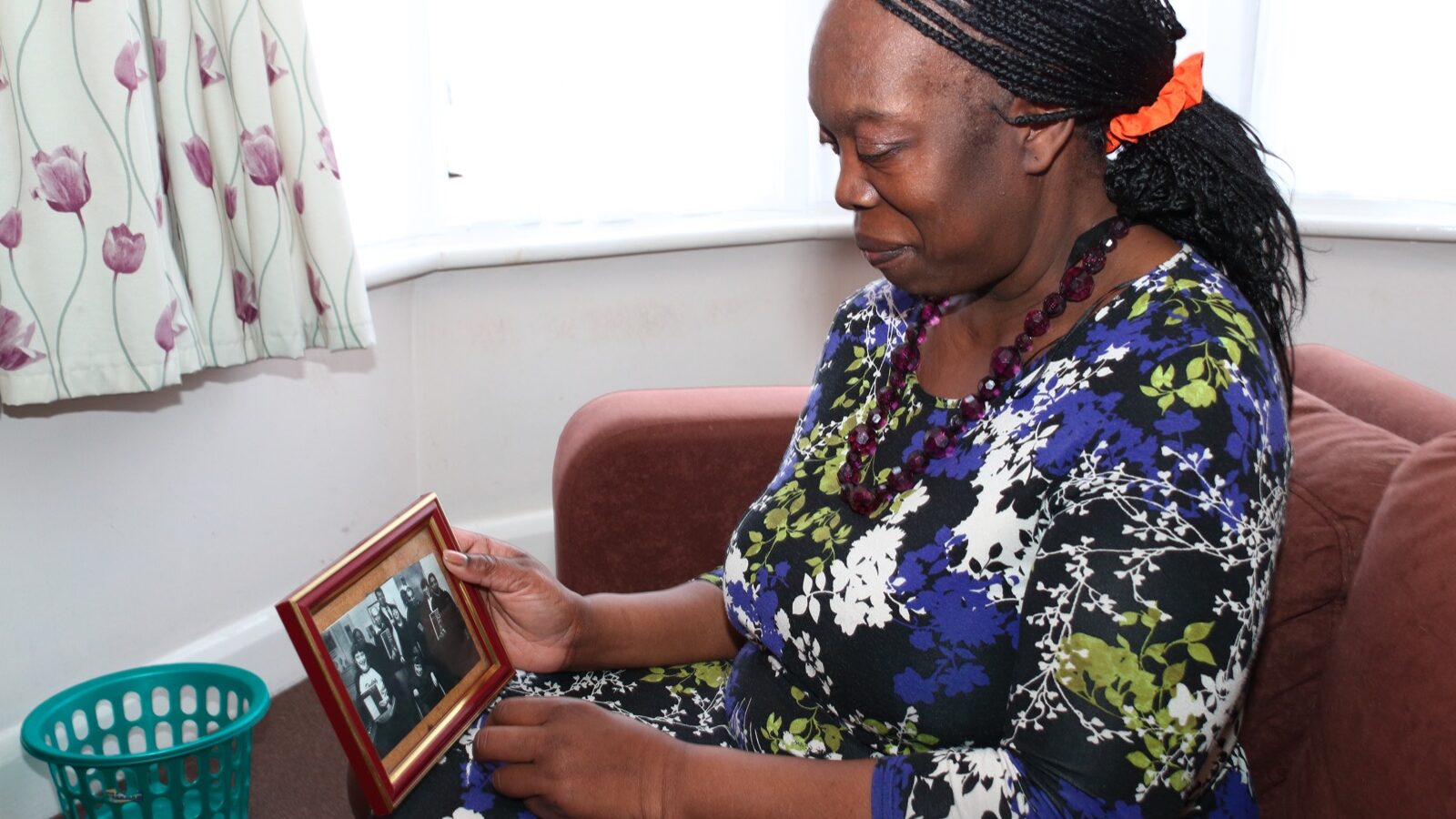Today I live independently but, when I moved into supported living in 2016, the first thing I did was buy my own desk.
This made me feel the place was more homely. I chose the desk myself. It was stylish and I knew I could work comfortably at it.
It was more expensive than some desks on the high street, and some staff disagreed with my decision to buy it. But I was treating myself. It was my choice.
People think that we should buy something cheap, something that they would not have in their own home. So it is OK for you to live in a fancy house with furniture you like, but you don’t think twice about putting people with learning disabilities in a hostel-type setting?
Some people still think that supported living is like a residential institution. But no one wants to live in that kind of place. You want to live in your own home where you feel comfortable and safe.
We have designed a checklist that includes things that help people feel at home.
Sometimes, when you go into a service, some of the layout is very old fashioned. The chairs are hospital ones, the bedding is not modern. Living in a hospital setting changes your body language and mindset.
I think support staff also do not want to come into a hospital setting but into a comfortable house.
We need to change how staff think about where we live, and we need to help people in supported living personalise their space.
This is why I took on a role as a co-researcher with the Feeling at Home project by King’s College London, which runs till the end of the year. It is finding out from people with learning disabilities who live in group homes what helps them feel at home and what gets in the way of this.
They might have family photos up, invite people over or feel at home because staff make sure they ask what they prefer to have in their space and who they want to see.
As part of the project, we have designed a checklist that includes things that help people feel at home. We have also designed a toolkit for staff to help people make changes to where they live and personalise their homes.
We added a one-page profile which you can fill in when you move to a new place so the people you live with know more about you.
Personalising your room could be part of your care plan.
It is not right to put people of different ages in the same place.
I wanted to do this work to build my confidence, skills and knowledge and see how to support people to personalise their homes.
I like meeting the research team to pick their brains and I am learning from them. This is the first research I have done so it is a learning curve.
I never had anything like this when I moved into supported living but I know it would have been beneficial.
I hope this work will help people build their confidence and be more independent, and change the status of people who feel they do not have a choice.
Passions reflected in a room
His bedroom was homely. You could tell he had thought about what he wanted because his passions and interests were reflected in his room. It was like going to a friend’s house to hang out. It didn’t feel like going to “a service” or “a facility”.
He had his record decks out because he likes DJing and had music posters up. His bedding was very cool. He was telling me about his music and I could see that staff knew about his hobbies and interests. Maybe they had talked to his parents too and involved them.
Everyone should have this opportunity to create their own space. It is part of being human.





